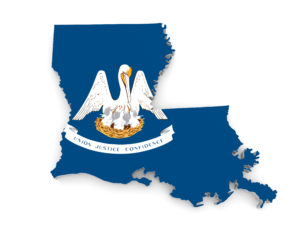 A review of significant TCJA provisions affecting small businesses
A review of significant TCJA provisions affecting small businesses
Now that small businesses and their owners have filed their 2017 income tax returns (or filed for an extension), it’s a good time to review some of the provisions of the Tax Cuts and Jobs Act (TCJA) that may significantly impact their taxes for 2018 and beyond. Generally, the changes apply to tax years beginning after December 31, 2017, and are permanent, unless otherwise noted.
Corporate taxation
- Replacement of graduated corporate rates ranging from 15% to 35% with a flat corporate rate of 21%
- Replacement of the flat personal service corporation (PSC) rate of 35% with a flat rate of 21%
- Repeal of the 20% corporate alternative minimum tax (AMT)
Pass-through taxation
- Drops of individual income tax rates ranging from 0 to 4 percentage points (depending on the bracket) to 10%, 12%, 22%, 24%, 32%, 35% and 37% — through 2025
- New 20% qualified business income deduction for owners — through 2025
- Changes to many other tax breaks for individuals — generally through 2025
New or expanded tax breaks
- Doubling of bonus depreciation to 100% and expansion of qualified assets to include usedassets — effective for assets acquired and placed in service after September 27, 2017, and before January 1, 2023
- Doubling of the Section 179 expensing limit to $1 million and an increase of the expensing phaseout threshold to $2.5 million (these amounts will be indexed for inflation after 2018)
- New tax credit for employer-paid family and medical leave — through 2019
Reduced or eliminated tax breaks
- New disallowance of deductions for net interest expense in excess of 30% of the business’s adjusted taxable income (exceptions apply)
- New limits on net operating loss (NOL) deductions
- Elimination of the Section 199 deduction, also commonly referred to as the domestic production activities deduction or manufacturers’ deduction — effective for tax years beginning after December 31, 2017, for noncorporate taxpayers and for tax years beginning after December 31, 2018, for C corporation taxpayers
- New rule limiting like-kind exchanges to real property that is not held primarily for sale (generally no more like-kind exchanges for personal property)
- New limitations on excessive employee compensation
- New limitations on deductions for certain employee fringe benefits, such as entertainment and, in certain circumstances, meals and transportation
Don’t wait to start 2018 tax planning
This is only a sampling of some of the most significant TCJA changes that will affect small businesses and their owners beginning this year, and additional rules and limits apply. The combined impact of these changes should inform which tax strategies you and your business implement in 2018, such as how to time income and expenses to your tax advantage. The sooner you begin the tax planning process, the more tax-saving opportunities will be open to you. So don’t wait to start; contact us today









